I started shooting film in 2019. Back then, film was quite affordable (especially by today’s standards). My first B&W roll was the venerable Ilford HP5, and I was amazed at the dynamic range and grain it produced. Since then, I’ve tried most of the rolls available today, including a few rolls of Eastman 5222, which I was particularly fond of.
Taking a Gamble
Fast forward to 2025, and film is expensive—from cameras to rolls to developing and scanning. So, I’m always on the lookout for cheap and new alternatives when they come by. Lo and behold: Lucky SHD 400, which was reintroduced about a year ago. From what I’d seen online, I was quite fond of the results, especially what seemed to me like an “80s” look: a lot of grey, slightly underexposed, and with muted blacks.
So, I decided to purchase a few rolls to test out and found a very wallet-friendly deal on AliExpress—10 rolls for $39. Quite the bargain, even compared to Foma and Kentmere.
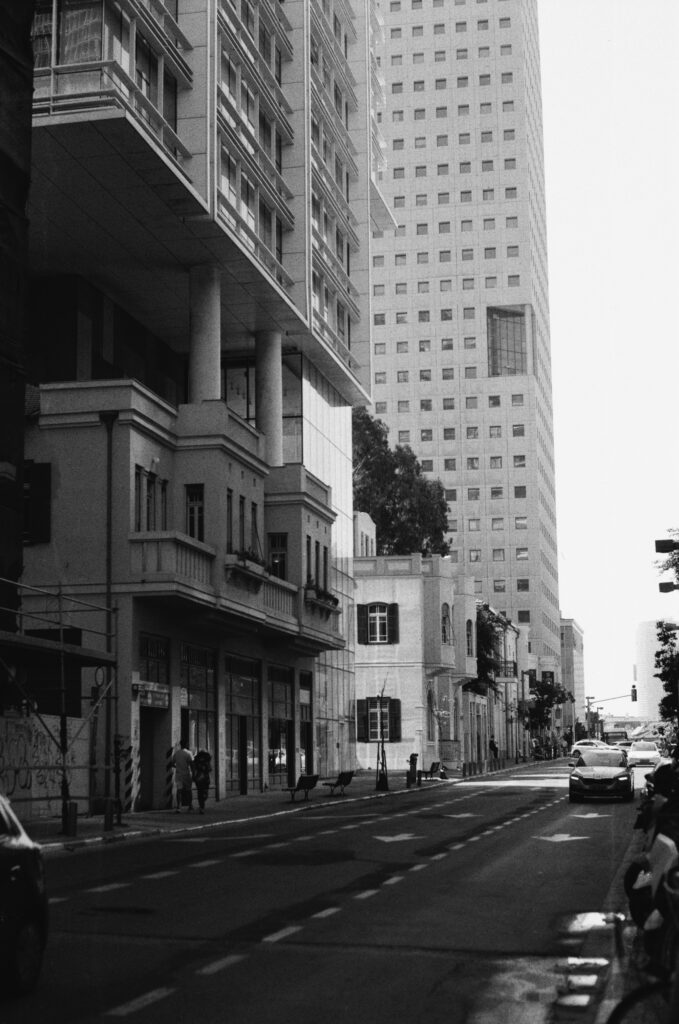
I loaded a roll of Lucky SHD 400 into my Pentax Spotmatic II, and when finished, gave it to my go-to lab, where the clerk was bewildered and quite suspicious of the roll I had just handed him. Nonetheless, they agreed to develop and scan it. A few days later, I got my scans back. All seemed fine at first, but when I got to the fourth photo, it looked as if the plague had ravaged this roll of Lucky SHD 400. Hundreds of random black dots appeared on some of the shots. Sometimes it was minimal and even somewhat organic, but on others, it completely ruined the image.
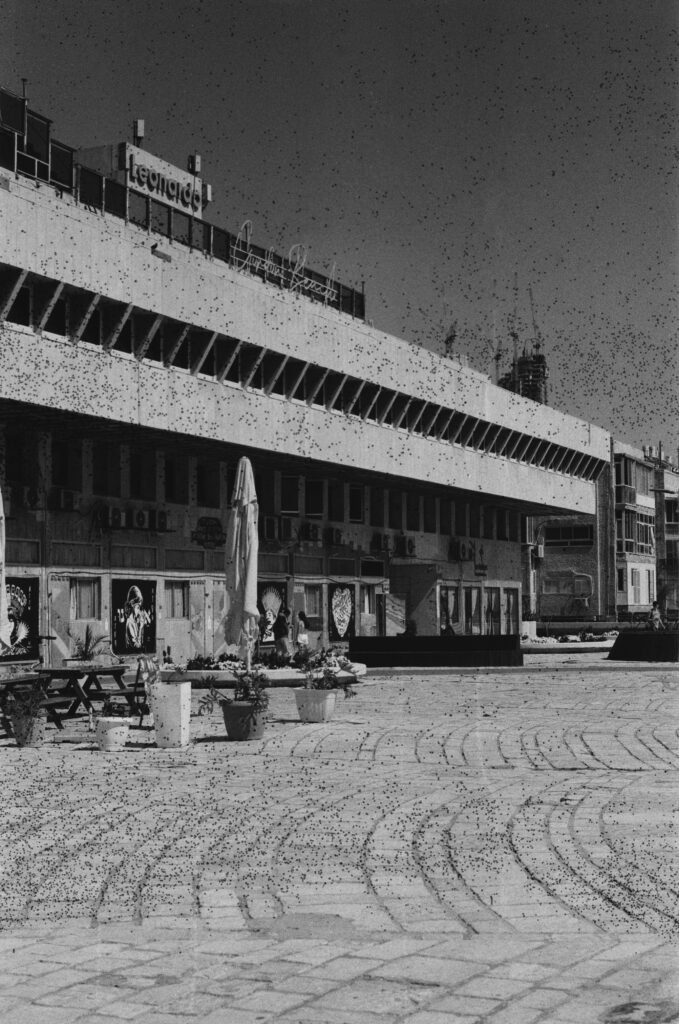
While reviewing and wondering what could have caused this strange phenomenon, my phone rang—it was someone from the lab who wanted to clarify that the problem was with my roll, not theirs. When I explained that I’d shot on this cheap Chinese film, he started scolding me, saying “You can’t do that,” and that their “chemicals got all dirty and weird.”
To me, film has always been about experimentation, so I didn’t relate to the lab’s distress and decided to shoot a latitude test, self-develop, and scan it myself.
Going Full DIY
Lucky SHD 400 has a blue tint, a nasty smell of weird chemicals, and a pretty rubbish canister. The print on it is just a white sticker, which makes everything seem kind of shady.
I decided to shoot the next roll on my Canon EOS 300, reasoning that it was probably more accurate with its shutter speed than my Pentax.I shot at box speed, then went up to four stops over, and three or four stops under.
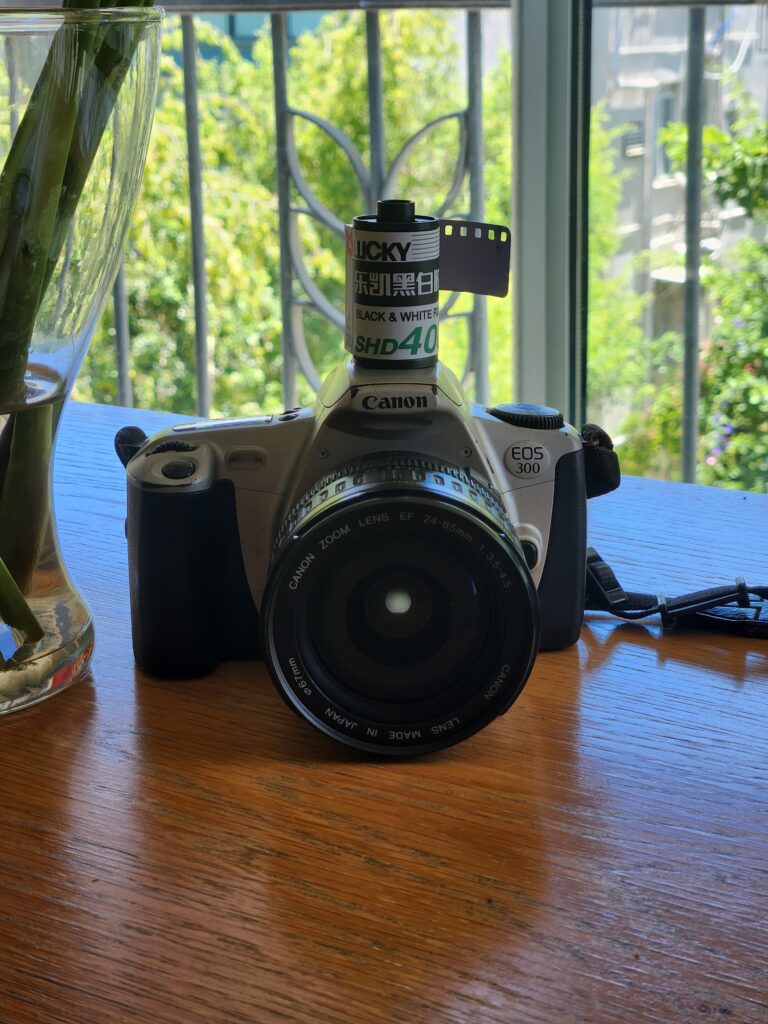
The instructions recommended developing in D-76, but my friend only had HC-110, so we went with that. We used a recipe for TRI-X 400: 14 minutes with 1:19 dilution. The results, in my opinion, were great.
From what I read online, it’s recommended to shoot one stop over (with some even claiming it’s actually a 200-speed film, not 400). But as you can see, 400 seems to be a good spot, with quite deep contrast.
At one and two stops over, the shadows become brighter (naturally), and I actually prefer the overall look. From three stops over, it started getting quite dense, and at four and five stops, you’re just losing detail while making the shadows a bit clearer.
When underexposed, the image gets muddy very quickly—I’d say two stops under is the limit. Three or four stops under are just unusable.
Sadly, the spots plagued this roll again (though not to the same extent as the first), which probably means something went wrong in the production line and I ended up with a bad batch.
All in all, I have to admit I’m still quite fond of this Lucky SHD 400 film. Though you don’t really get much latitude in the blacks, and need to shoot it at ISO 200 or even 100 for the best results (not to mention the risk of a bad batch), there’s still something about it that really speaks to me. The grain is noticeable but quite pleasing to my eyes, and surprisingly, it’s quite sharp for being so cheap and weird.
I guess I’d recommend it for someone who develops and scans at home and doesn’t mind the risk of losing a few shots to the dreaded “Dot Plague.”
Share this post:

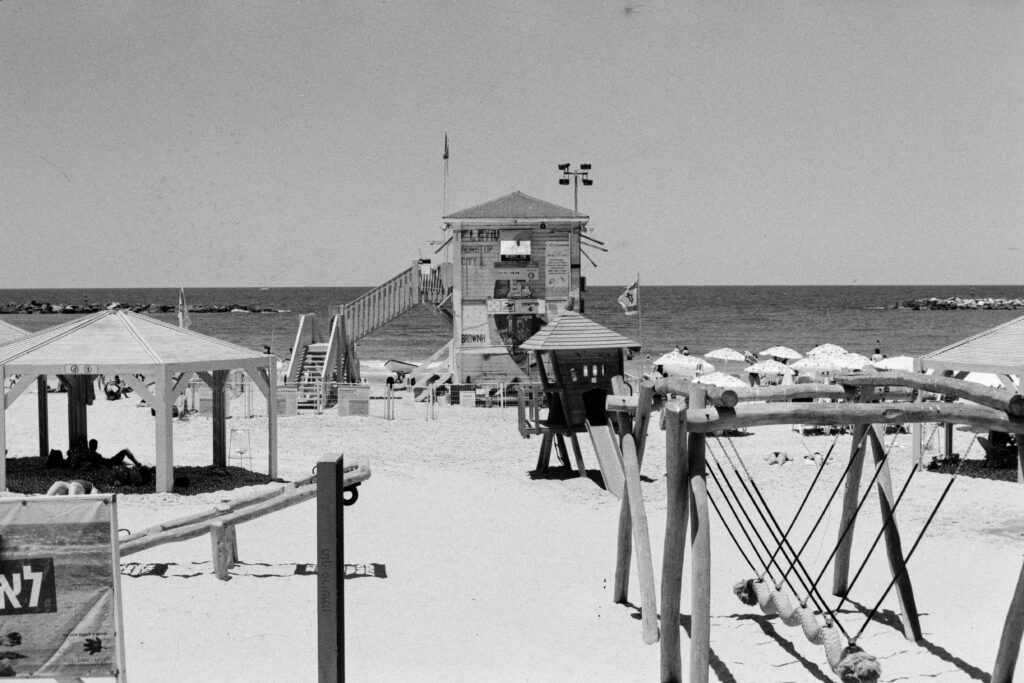
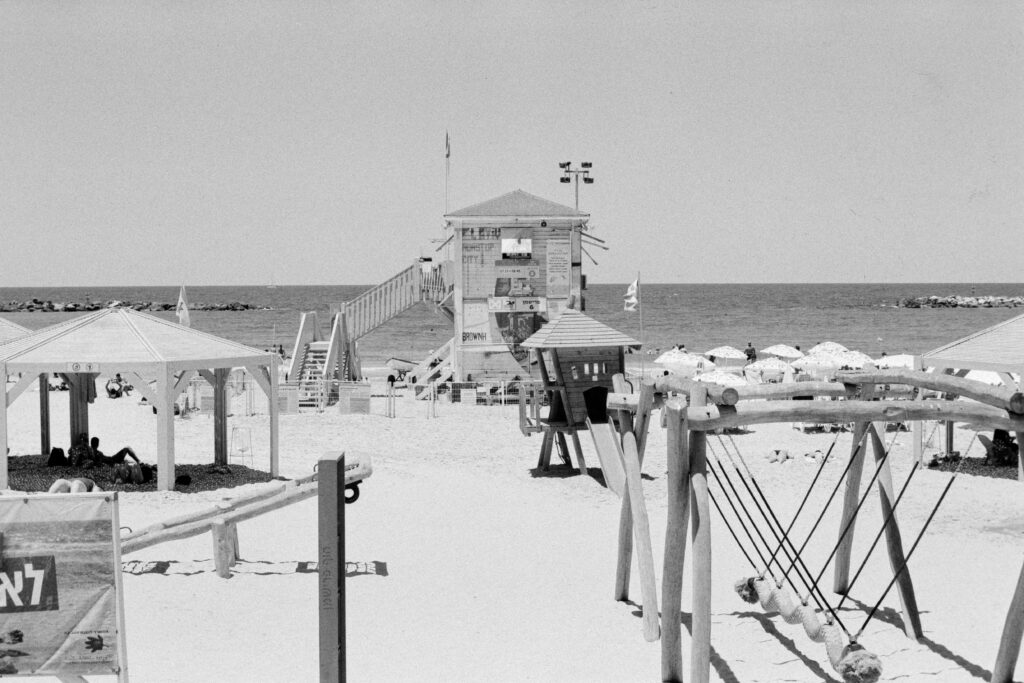
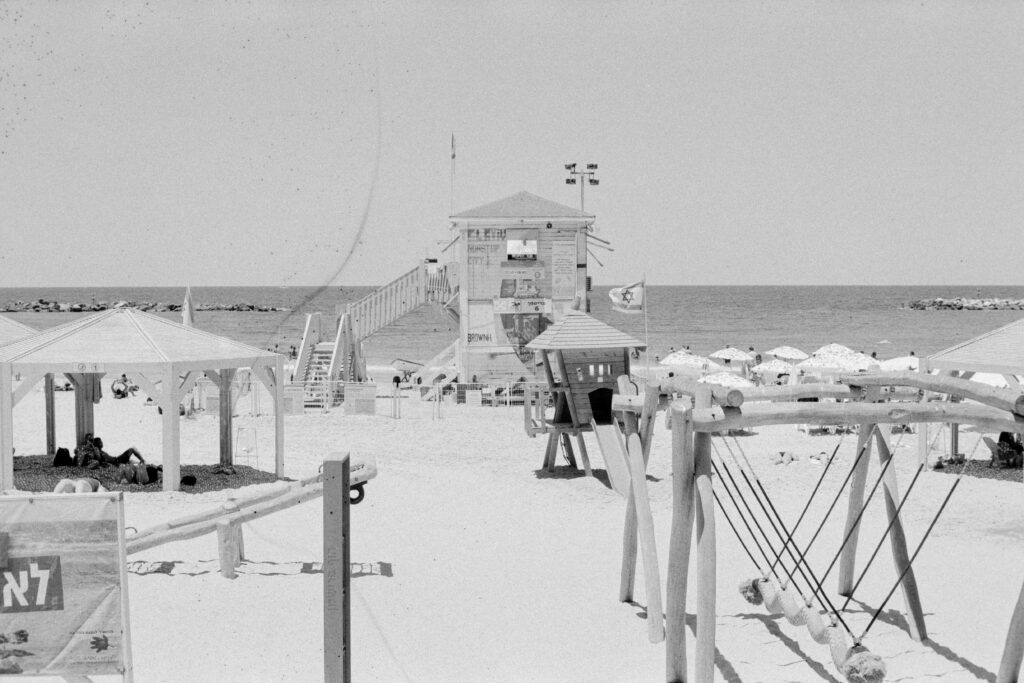
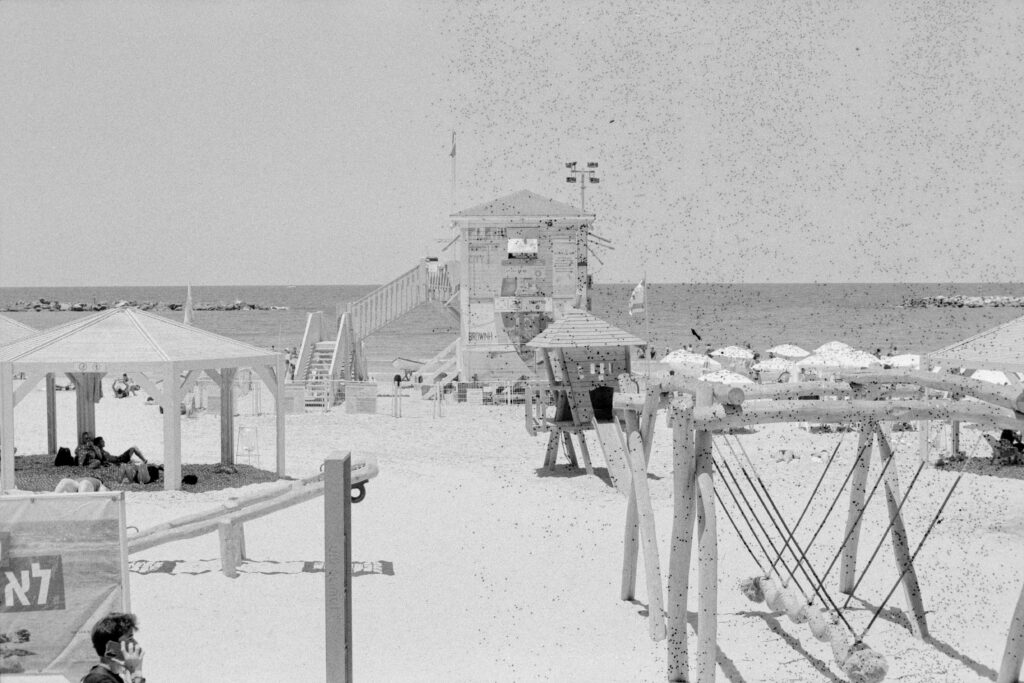
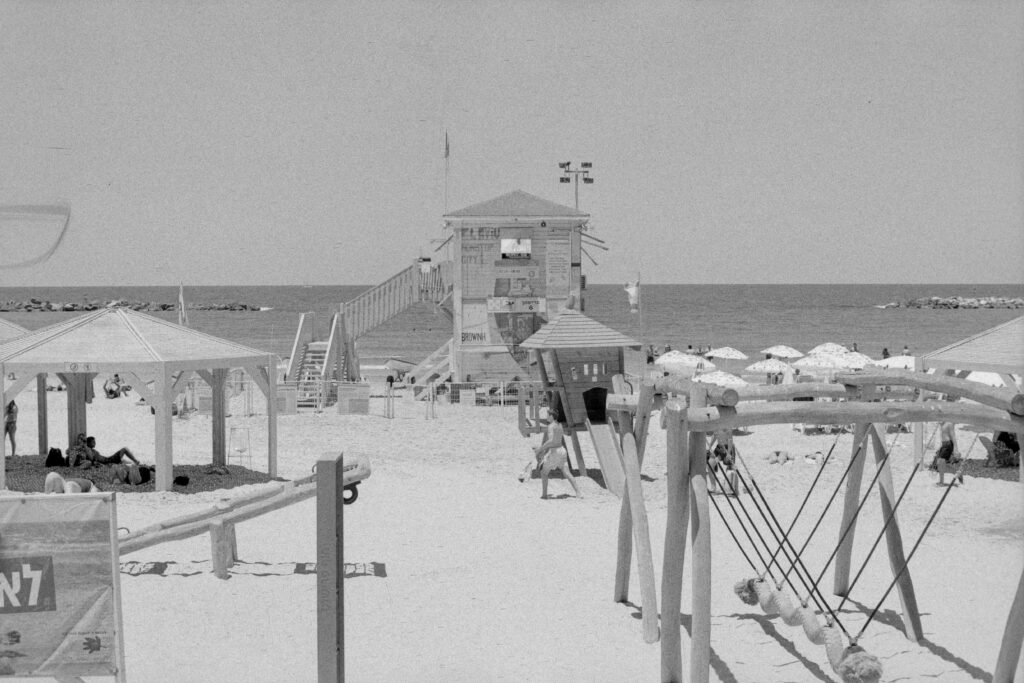
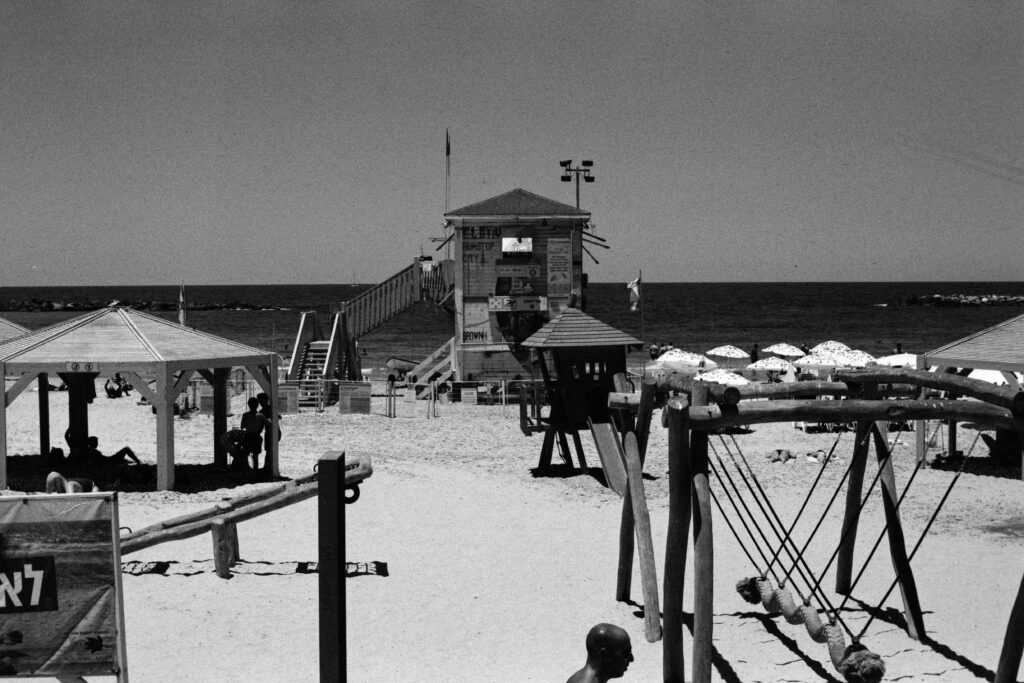
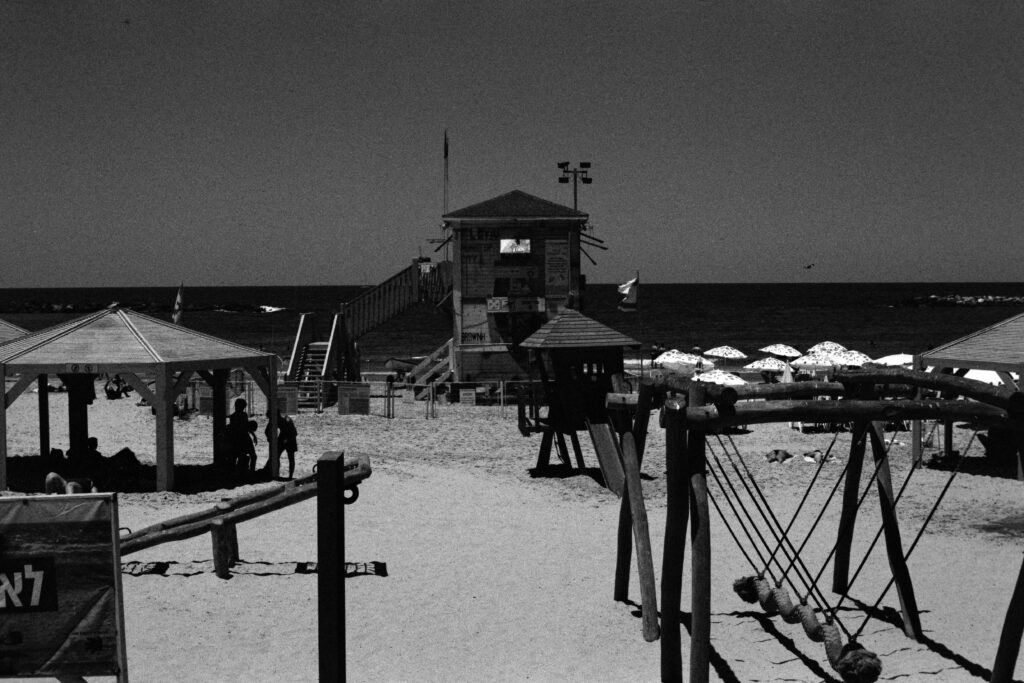
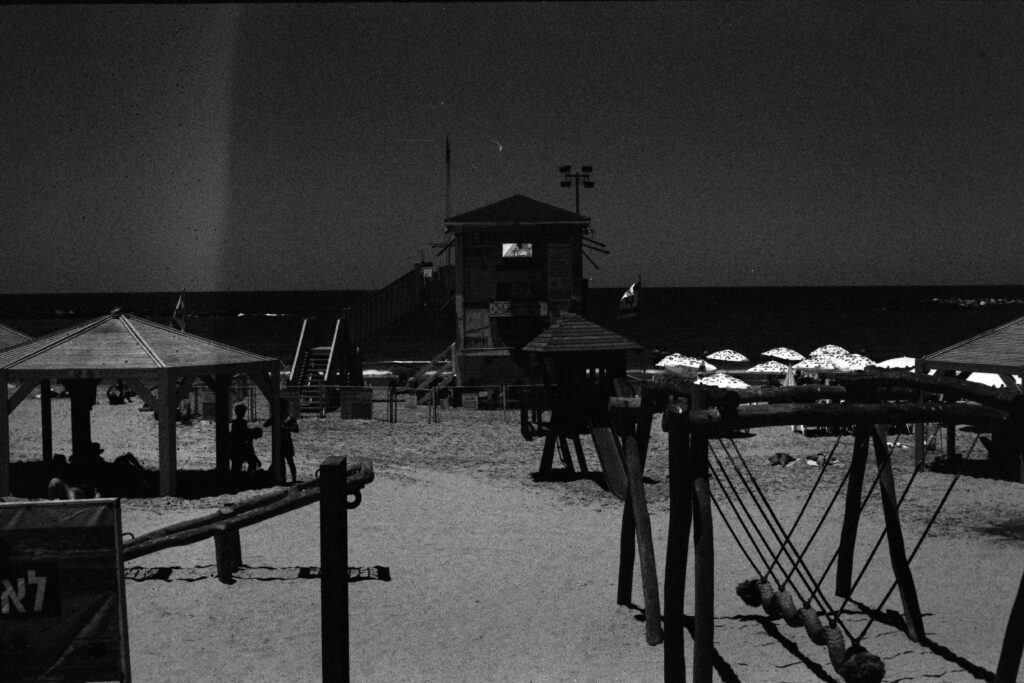
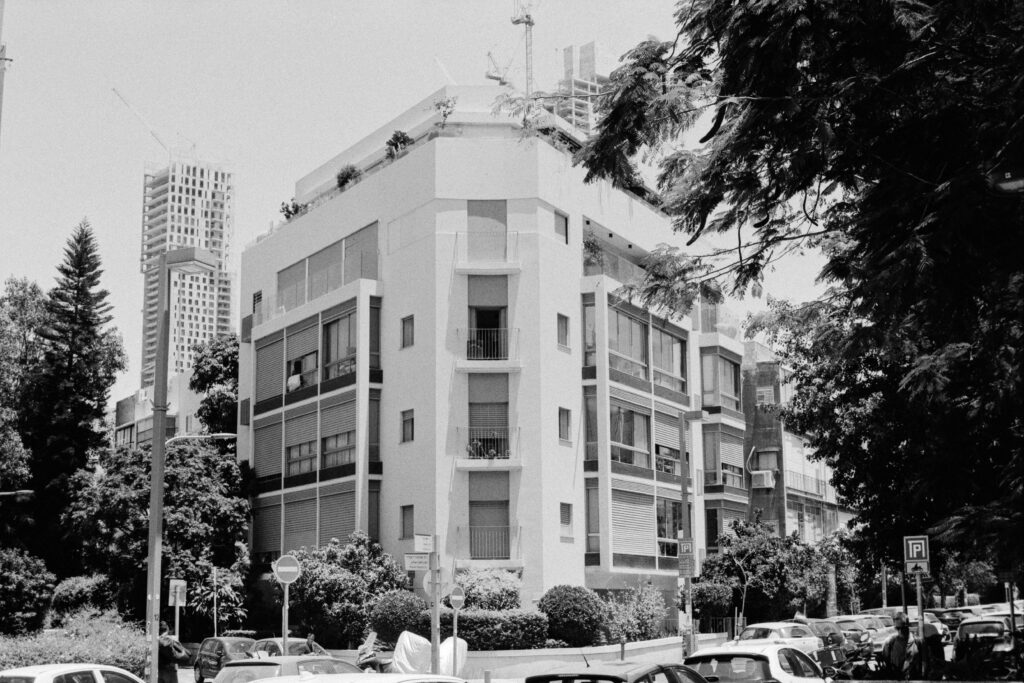
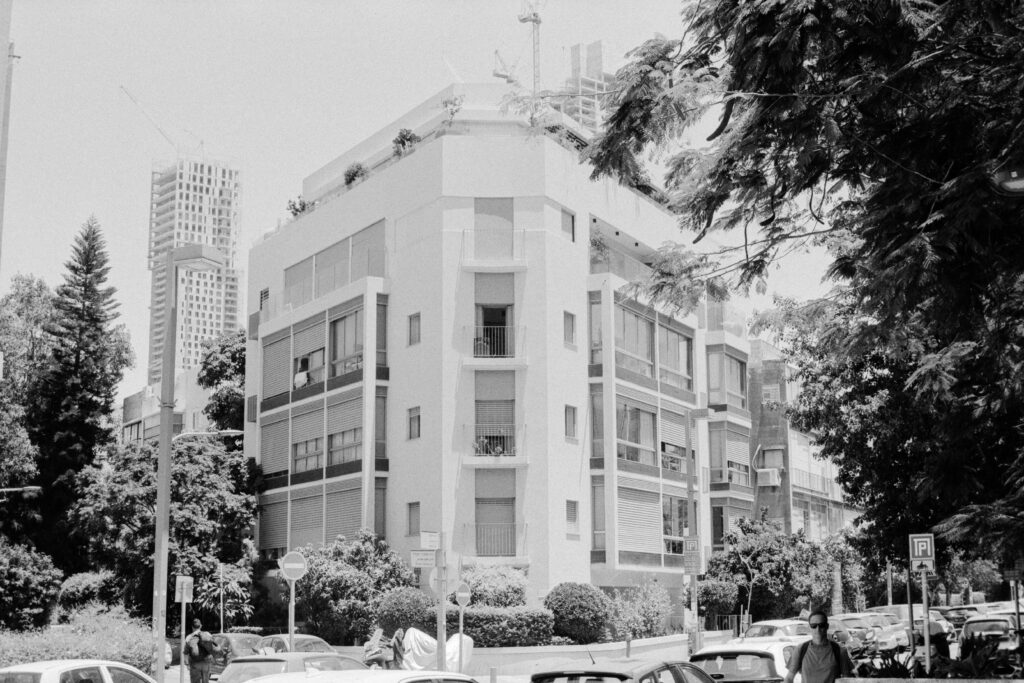
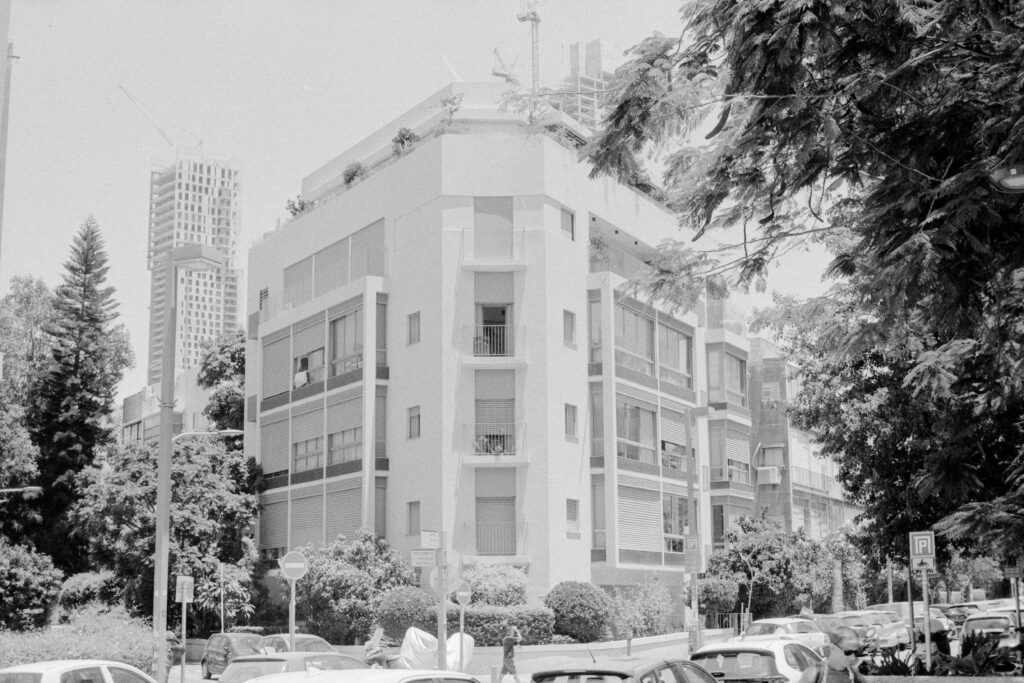
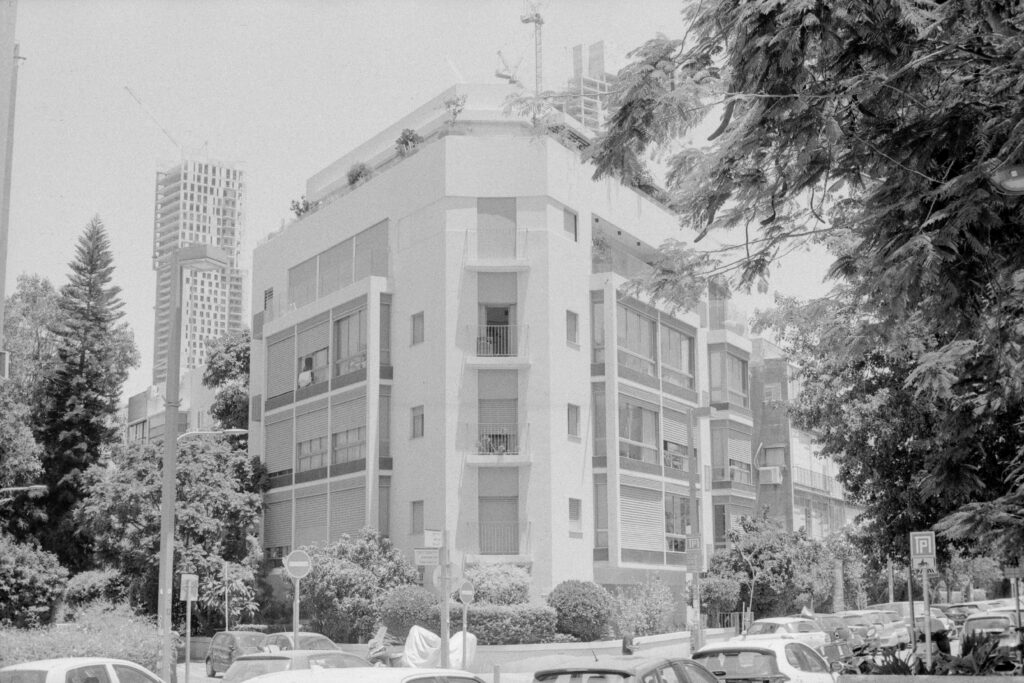
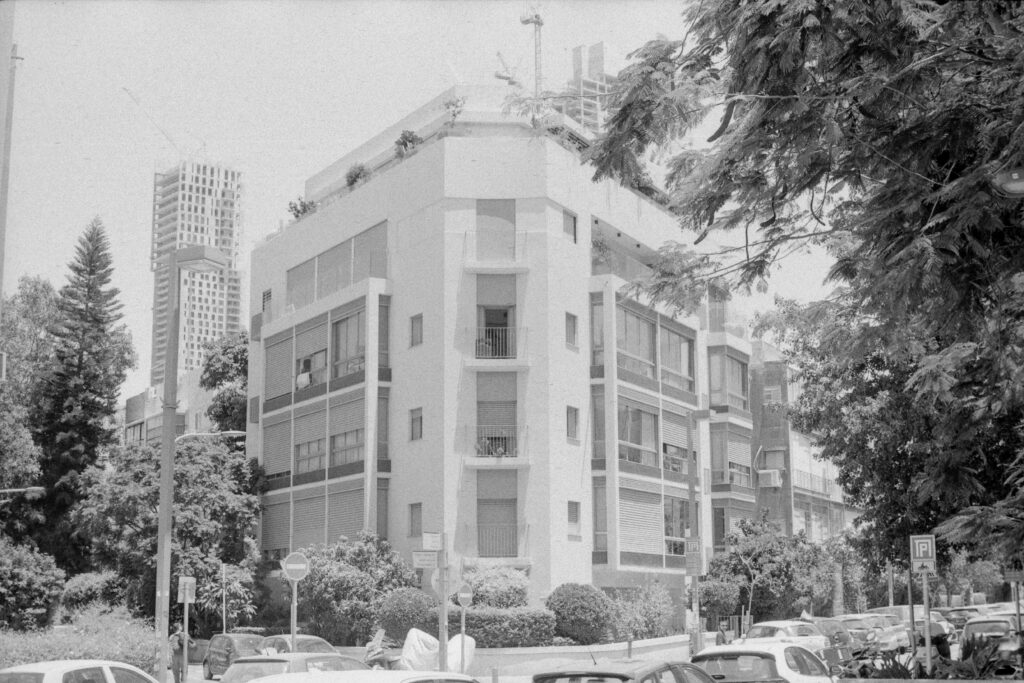
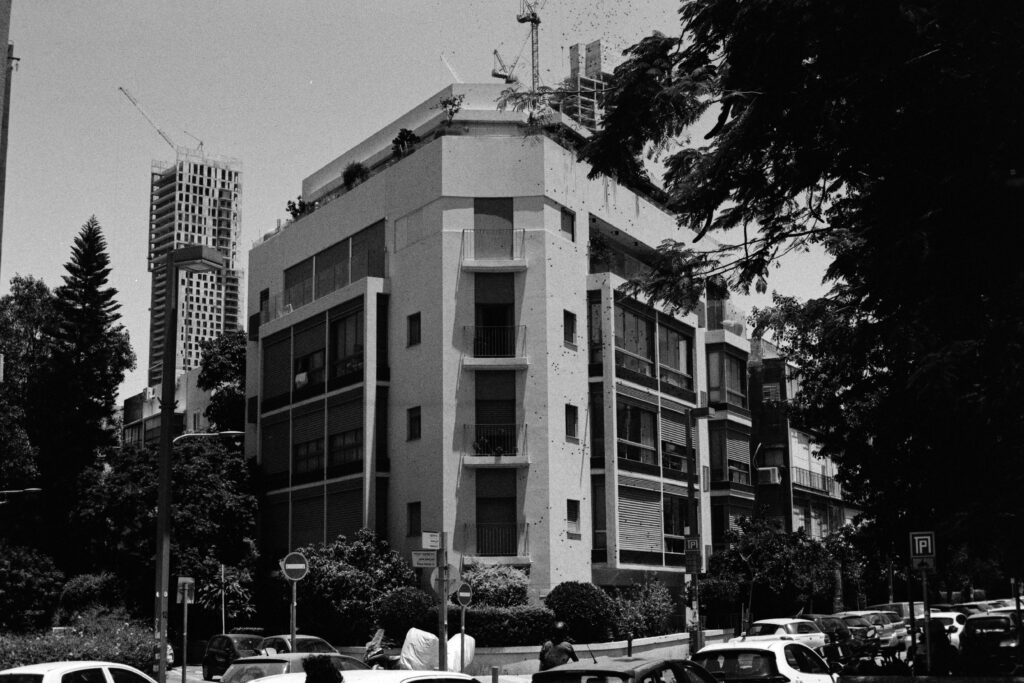
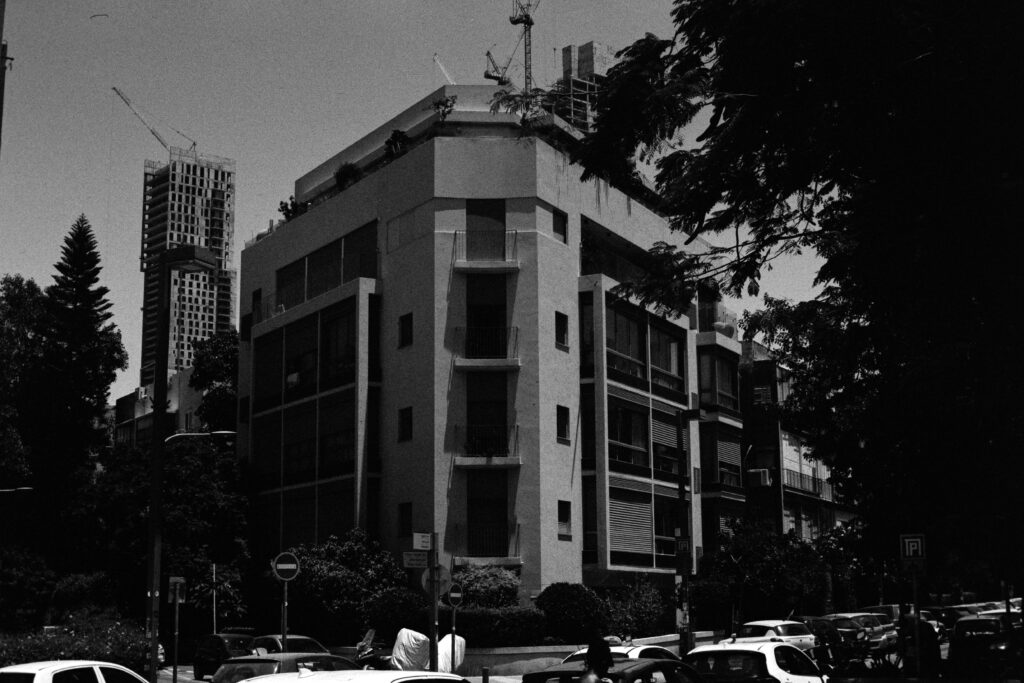
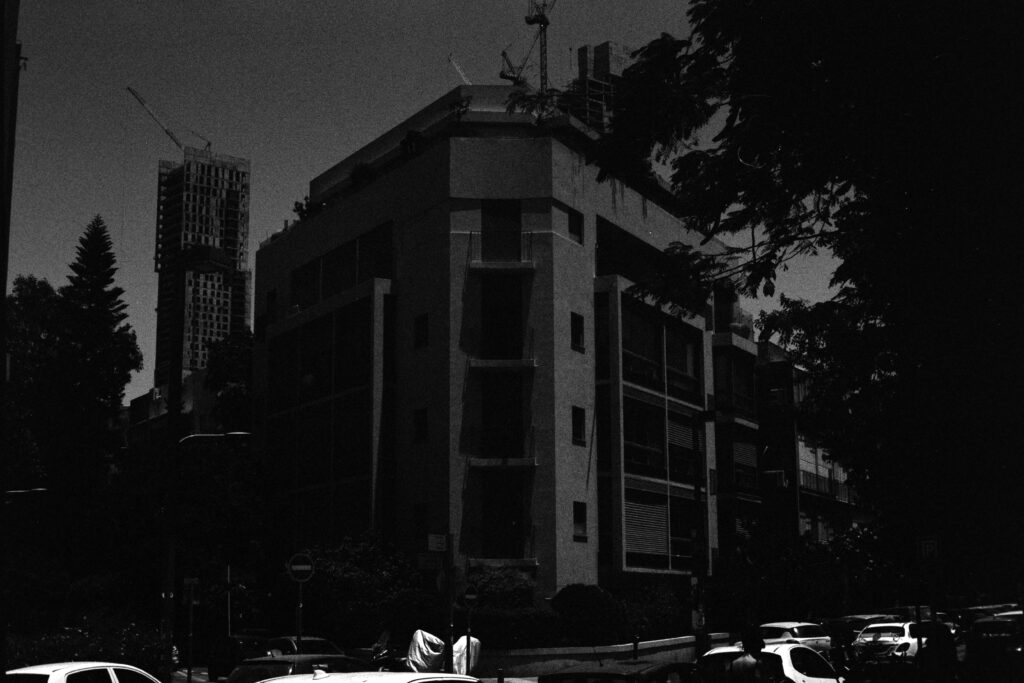
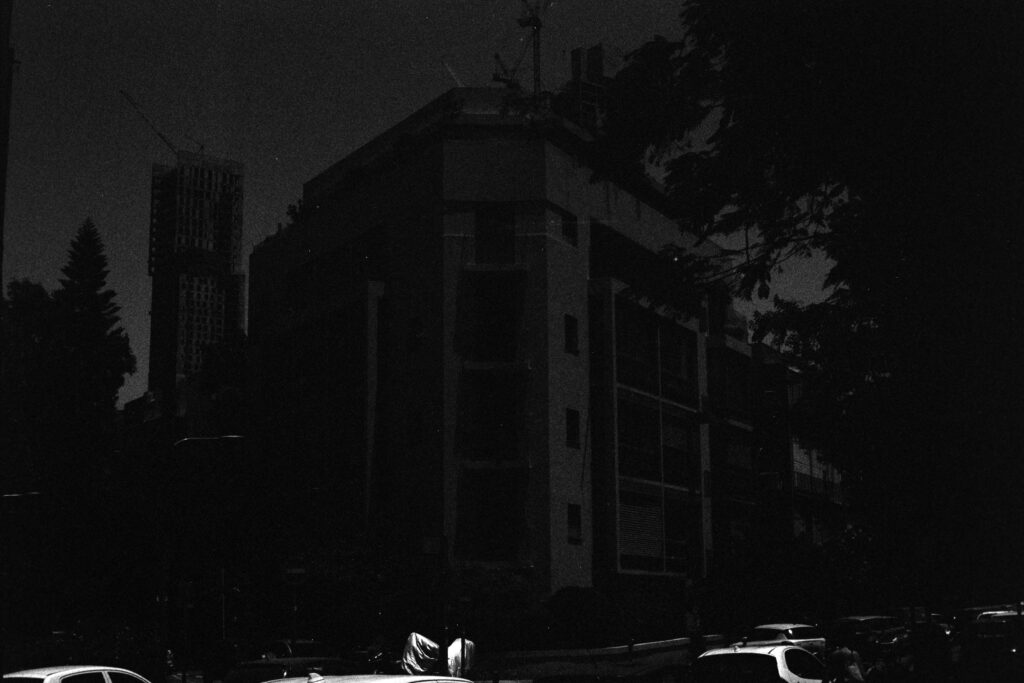
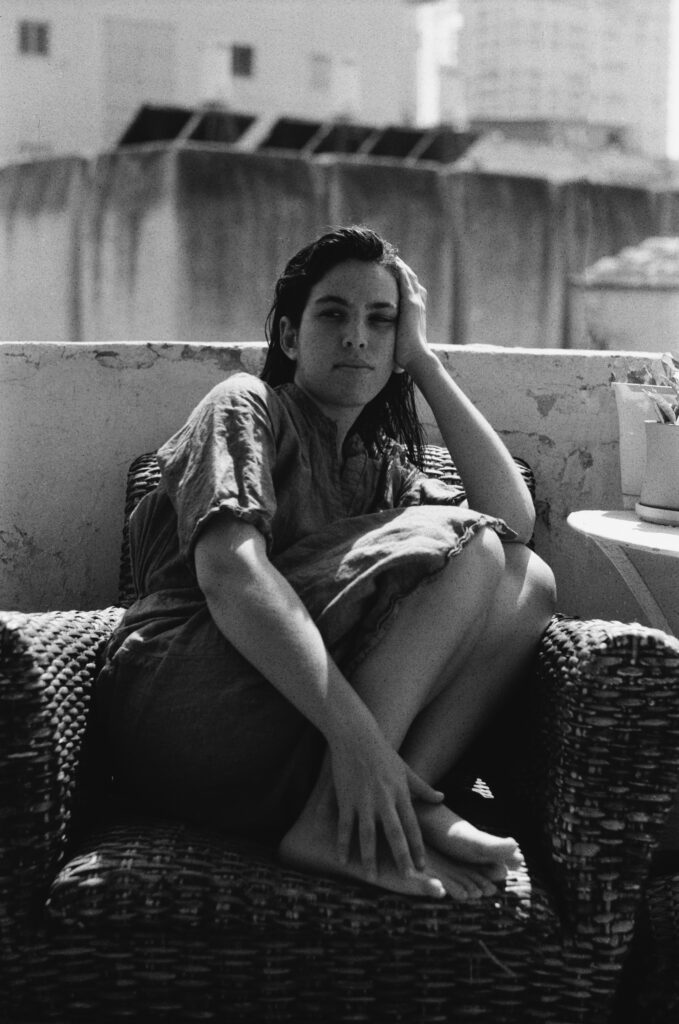
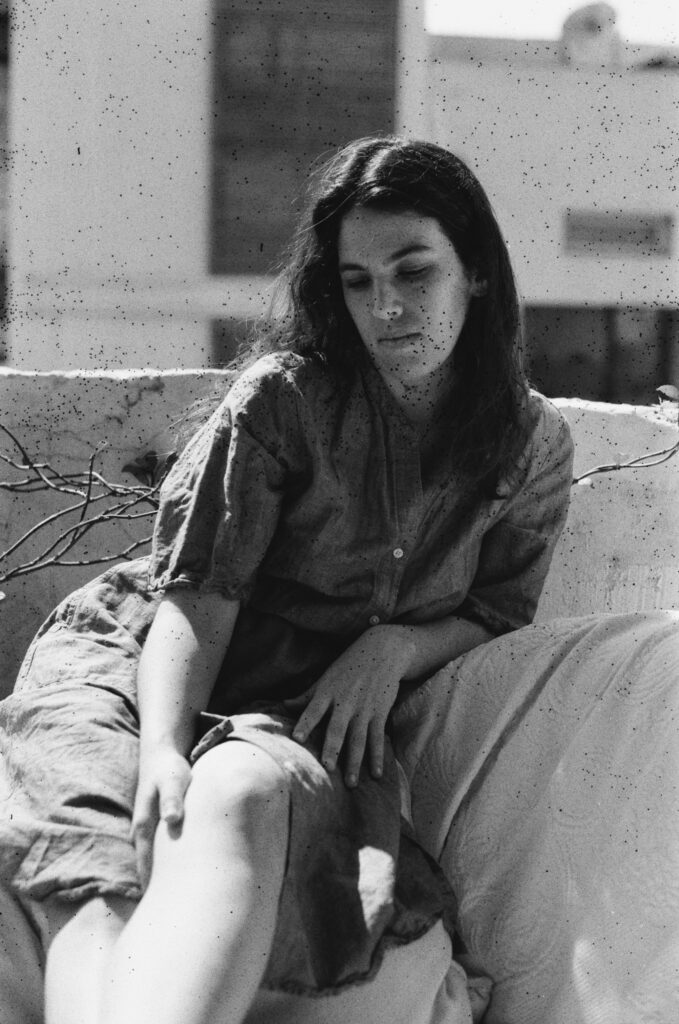
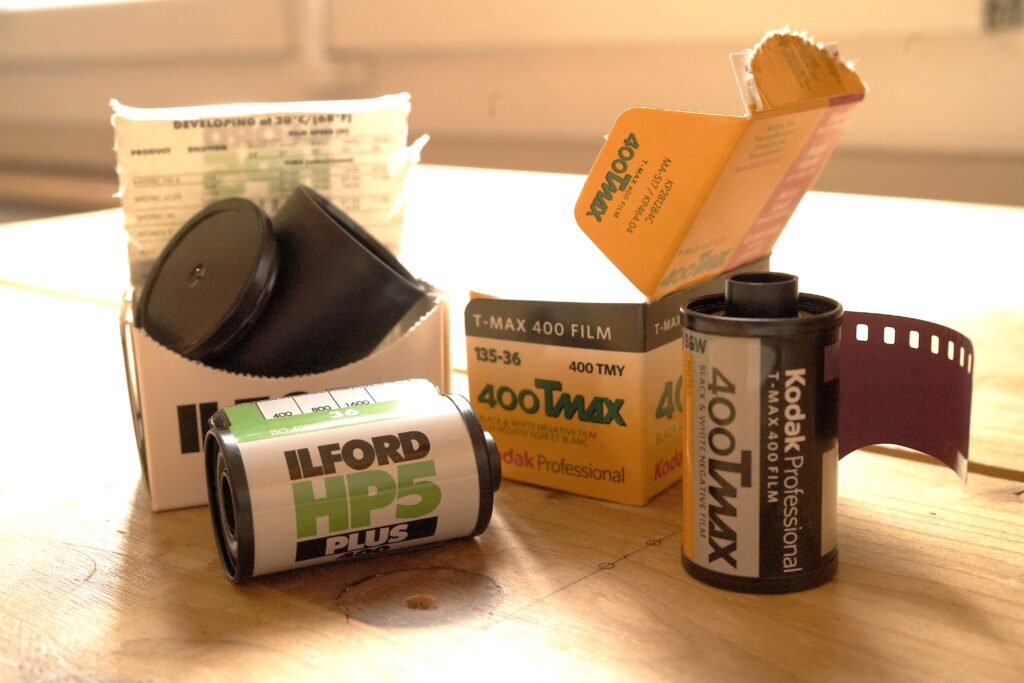

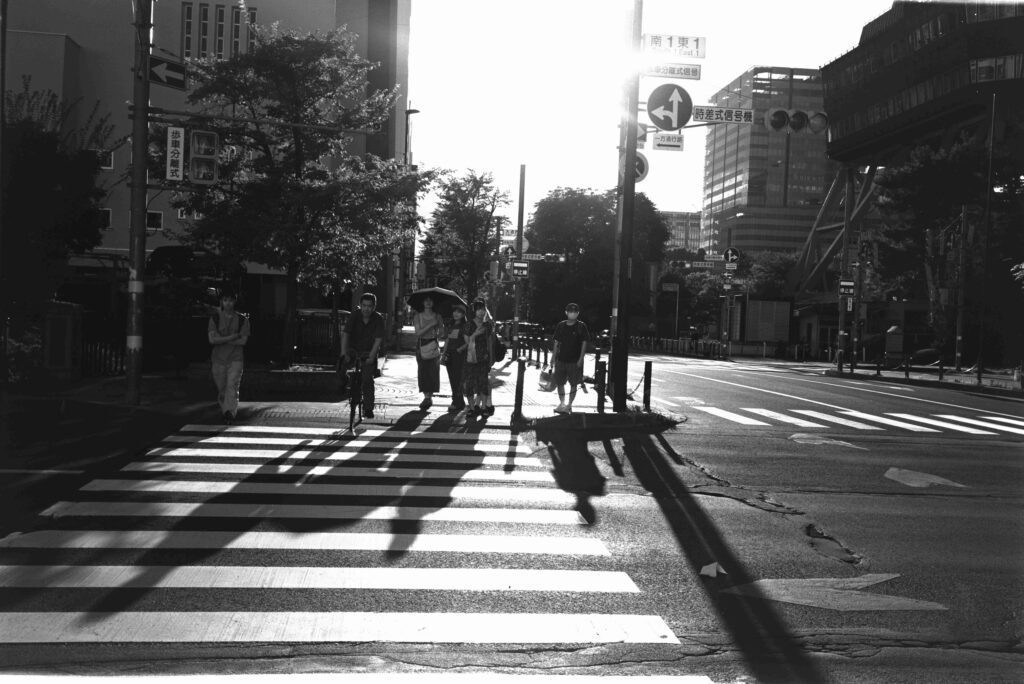
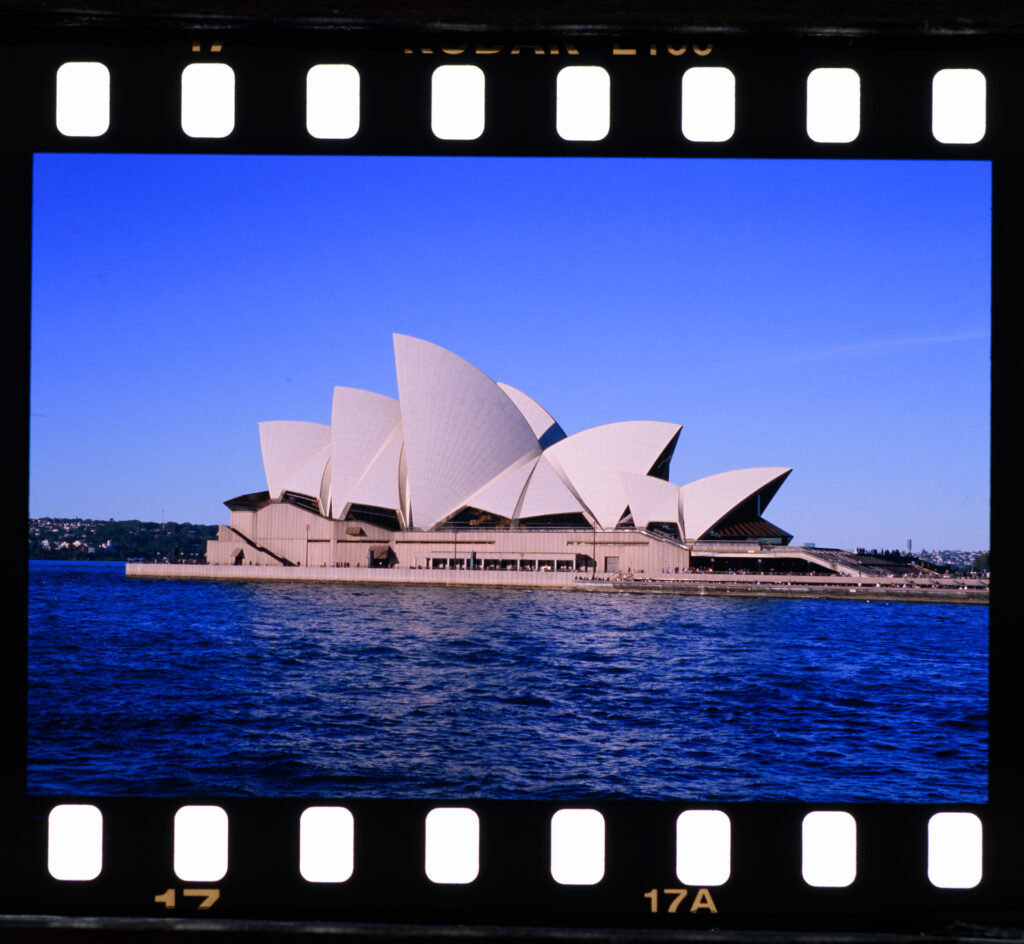
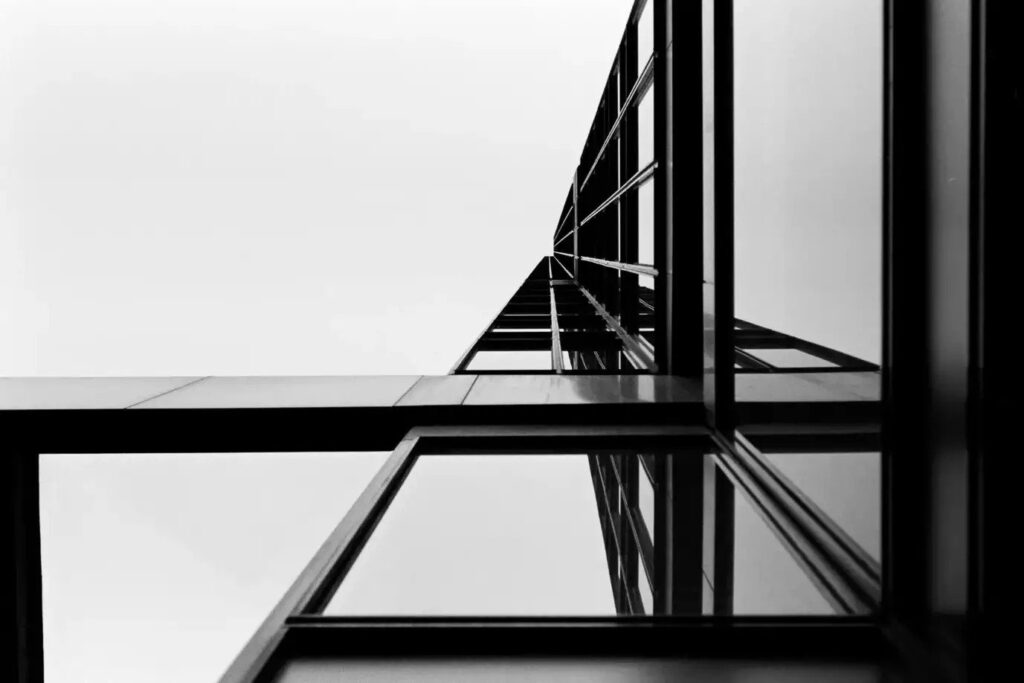
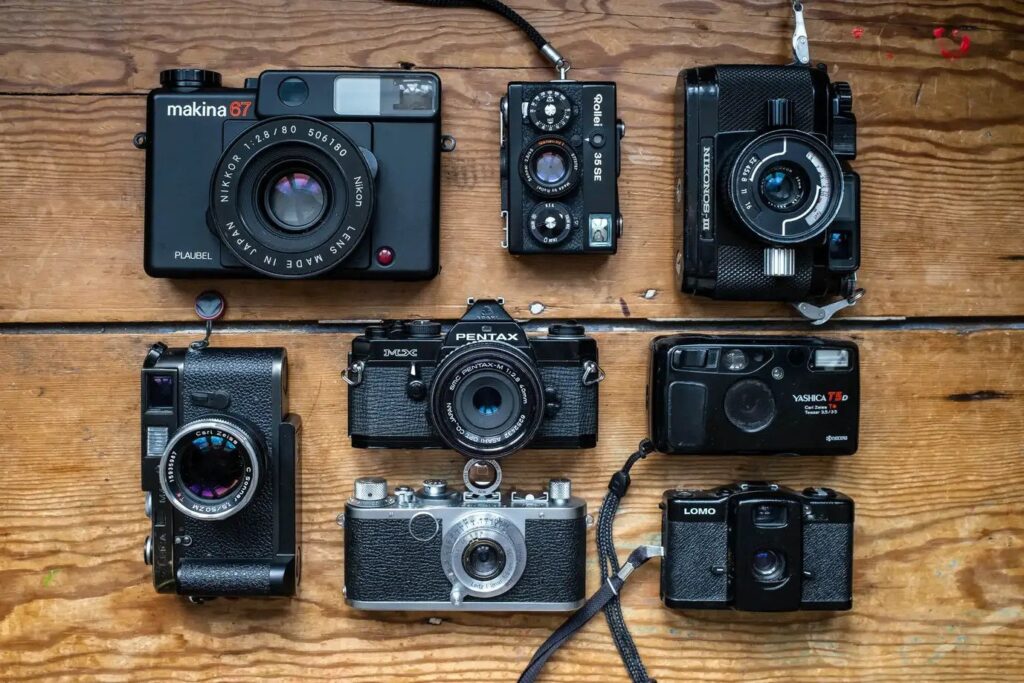
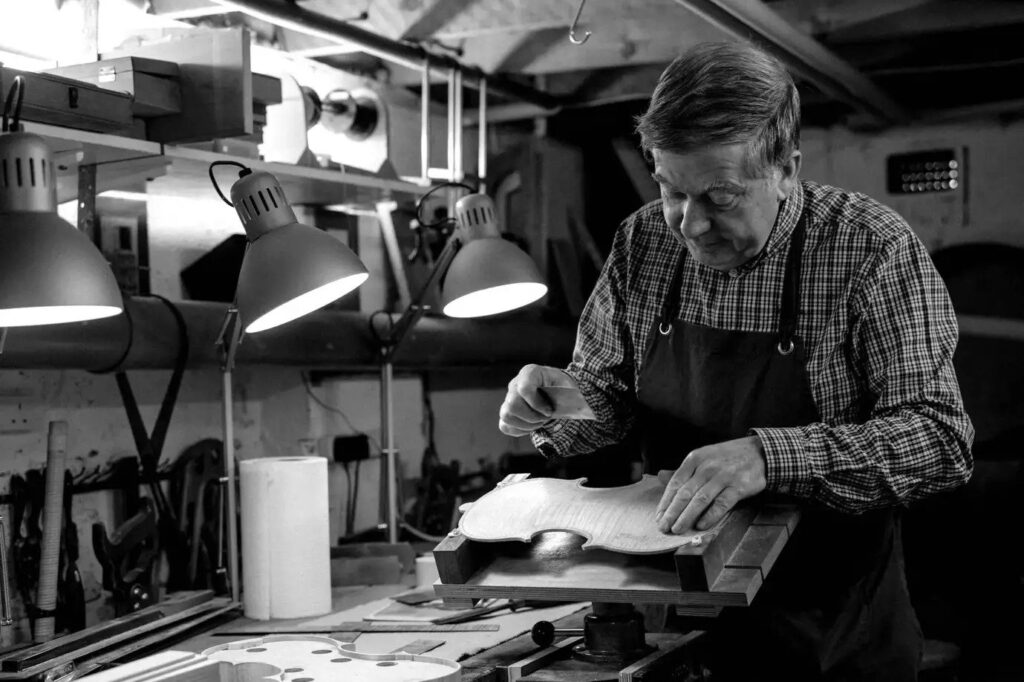
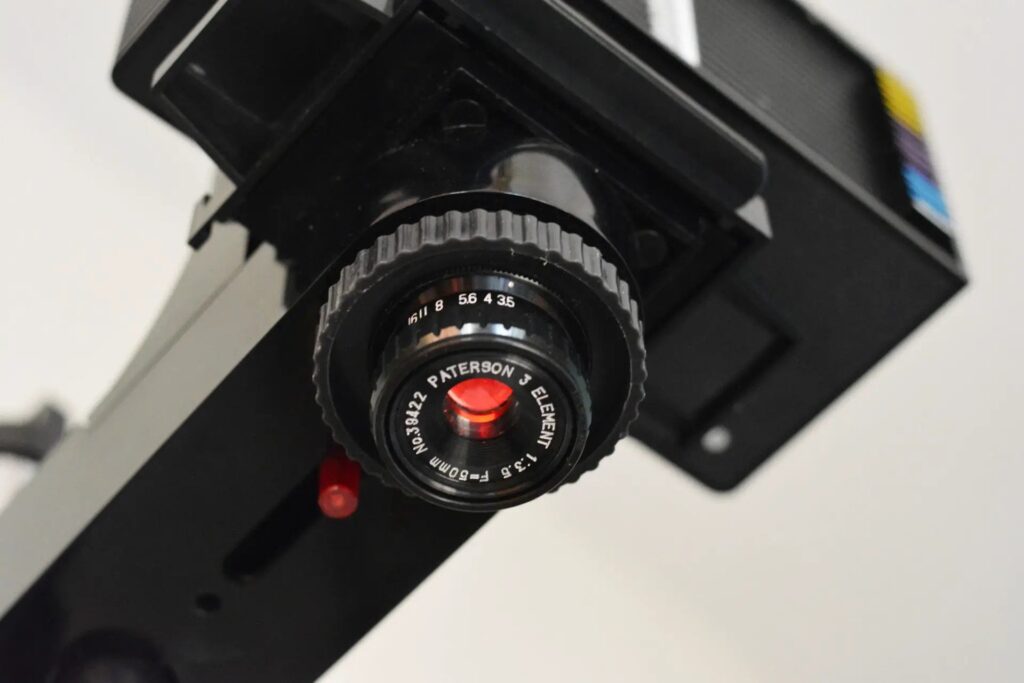
Comments
Don Ball on Lucky SHD400 – My Experiences
Comment posted: 11/08/2025
Comment posted: 11/08/2025
Comment posted: 11/08/2025
Comment posted: 11/08/2025
Hai A on Lucky SHD400 – My Experiences
Comment posted: 11/08/2025
The black spot are actually pretty nice :-)
If you're looking for cheap and good film - I would like to recommend buying Foma or Agfa in 100 feet rolls and roll you own films. It make things much cheaper. The Foma in Prague is very cheap.
Comment posted: 11/08/2025
Eric Rose on Lucky SHD400 – My Experiences
Comment posted: 11/08/2025
Comment posted: 11/08/2025
Gary Smith on Lucky SHD400 – My Experiences
Comment posted: 11/08/2025
Thanks for an example!
I think I'll stick with Tri-X probably even for my next 4 x 5 outting.
Comment posted: 11/08/2025
Gary on Lucky SHD400 – My Experiences
Comment posted: 11/08/2025
graham scarbro on Lucky SHD400 – My Experiences
Comment posted: 12/08/2025
Comment posted: 12/08/2025
Alexandre Kreisman on Lucky SHD400 – My Experiences
Comment posted: 12/08/2025
I live in europe, so i can afford Hp5 which is around 6 euros per film ....